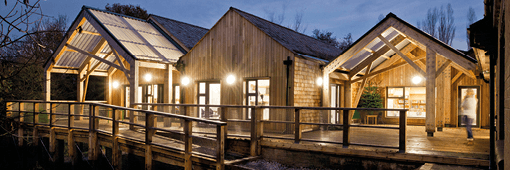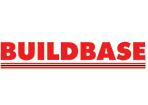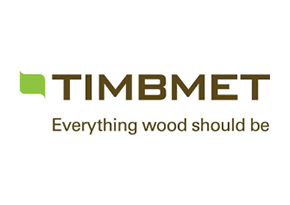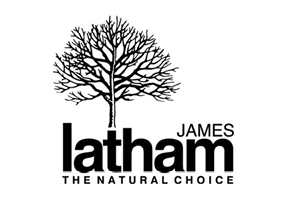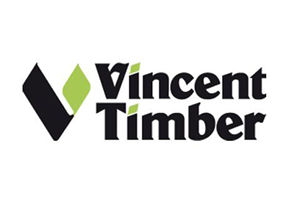Working Qualities
Refers to ease of working and is classed as good, medium or difficult. A difficult classification indicates that particular care should be taken in machining to achieve an acceptable surface finish. Health and Safety requirements relating to the use of woodworking tools and machinery and to the control of wood dust should always be followed.
Durability
The classifications quoted refer to the resistance to fungal decay of the heartwood of the species only. The sapwood of most species is not durable or slightly durable and should not be used in exposed situations without preservative treatment. Five natural durability to wood-destroying fungi classes are recognised in BS EN 350-1 Guide to the principles of testing and classification of the natural durability of wood:
- Class 1: very durable
- Class 2: durable
- Class 3: moderately durable
- Class 4: slightly durable
- Class 5: not durable
The classifications in this sheet are those given in BS EN 350-1 for the timbers included.
Insect attack is generally of less significance in the UK. Information on the resistance of some timbers to insect and marine borer attack is given in BS EN 350-2 Guide to natural durability and treatability of selected wood species of importance in Europe.
Guidance on the need for preservative treatment in particular situations is given in BS 8417:2003. Note that BS 5268-5 and BS 5589 are now obsolete.
Treatability
Refers to how easily timbers can be penetrated with preservatives applied by vacuum pressure processes. BS EN 350-2 includes four levels of treatability but recognises that the classes cannot be separated exactly from each other. Note that the ratings given here relate to the treatability of the heartwood unless specified otherwise.
The categories included in BS EN 350-2 are:
- Easy
- Moderately easy
- Difficult
- Extremely difficult
BS EN 351-1 Durability of wood and wood-based products - Preservative treated solid wood - Classification of preservative penetration and retention gives guidance on the selection of preservative treatment. Guidance is also given in BS 1282 Guide to the choice, use and application of wood preservatives and in the Draft for Development 239 Code of practice for the preservation of timber.
Moisture Movement
Refers to the dimensional changes that occur when dried timber is subjected to changes in atmospheric conditions. It is classed as small, medium or large and is not directly related to the shrinkage which occurs when green timber is dried to moisture contents suitable for internal use. For structural purposes, movement is not usually significant but species with small movement should be specified where stability in varying humidities is important eg decorative wood flooring.
** Indicates a provisional classification
Density
Varies depending on species and moisture content. Averages at 15% moisture content are quoted; 0.5% of the given weight can be added for every 1% increase in moisture content.
* Indicates that density can vary by 20% or more.
Texture
Surface texture is classified as fine, medium or coarse.
Availability
Described in broad terms as regular, limited or variable. It will vary both from time to time and throughout the country. Some species may not be available as raw material (or only in tiny quantities) but may be seen as veneer on furniture or panelling. Other species have been included because of their historical or technical interest or importance.
Trading in some species is governed by CITES - the Convention in International Trade in Endangered Species which lists species in three categories:
- Appendix I - Trading prohibited
- Appendix II - Trade permitted subject to export permits from the country of origin (and re-export permits as appropriate) and UK import permits from the Department for Environment, Food and Rural Affairs.
- Appendix III - Species protected within individual party states.
Note that CITES listing covers the raw material only, not manufactured products.
CITES is implemented within the European Union by EC Regulations; the species listing is broadly equivalent to CITES listings. In the UK this legislation is backed by the Control of Trade in Endangered Species (Enforcement) Regulations 1997. Further information is available from www.ukcites.gov.uk.
Uses
The list is not exhaustive, and most timbers can be used for more purposes than those listed.
Colour(s)
Relates to the heartwood of the species. Most timbers vary in colour and will change with use, the application of finishes and exposure to light. Unprotected timber exposed to the weather will discolour and may develop mould growth.
